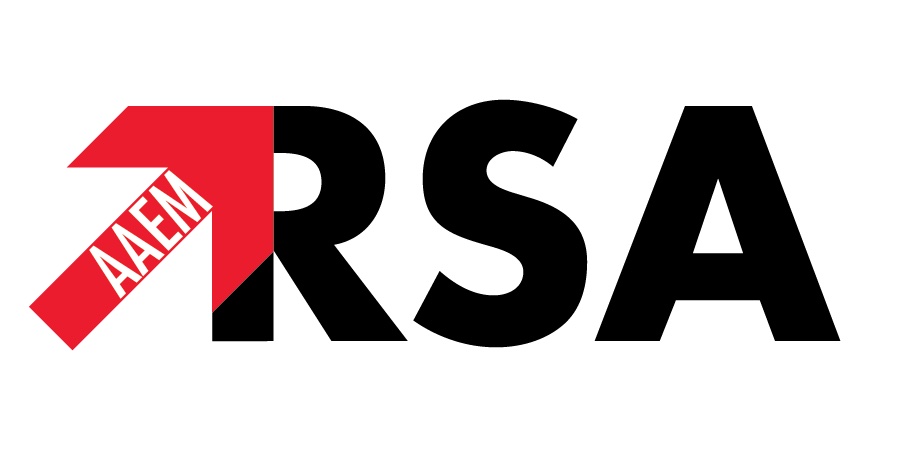AAEM/RSA has signed on to the AAEM Position Statement on Raising Emergency Medicine Residency Standards. After careful consideration of the concerns of our members regarding the state of the EM workforce, AAEM/RSA is committed to working toward actionable solutions to alleviate the oversupply of EM physicians and increased utilization of non-physician practitioners at residency training sites.
We continue to support the AAEM Position Statement on Non-Physician Practitioners, and would like to restate our position on the Independent Practice of Non-Physicians and Trainee Oversight. It is our belief that it is deleterious to the training of physicians when residents are supervised by someone who has not undergone the same level of training. We are adamant that emergency medicine residents and medical students should not be supervised by non-physician practitioners.
AAEM/RSA will continue to listen and learn from our membership and act in accordance with what is important to the residents and medical students who will lead the next generation of emergency medicine.
Introduction
AAEM has received much feedback from our members regarding concerns that the rapid proliferation in the number of emergency medicine resident positions, and increased utilization of non-physician practitioners at emergency department training sites has negatively impacted the quality of emergency medicine resident education.
Position Statement
AAEM suggests the ACGME Emergency Medicine Residency Review Committee take action to raise emergency medicine training and quality standards by setting a minimum number of patients at the primary site emergency department per resident and setting a maximum percentage of emergency department patients seen by non-physician practitioners (NPPs). Specifically, AAEM advocates for the implementation of a standard of one resident per 3,600 patient volume at the primary residency training site and a maximum of 25% of patients seen by NPPs. Residency programs will be able to devote more resources to each resident and faculty/resident ratios would improve. Emergency medicine residents would benefit from exposure to more emergency patients, resuscitations, and procedures, and would have increased faculty access and supervision. Expected shortages in other medical specialties can be addressed by reallocating excess emergency medicine resident positions.
Approved: 7/9/2021
